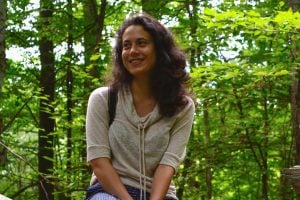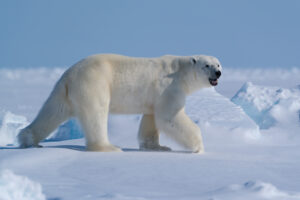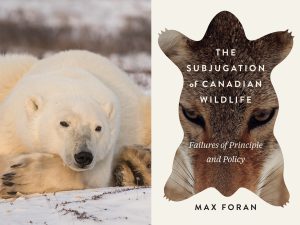The grey strip of rock along the mountains on the left shows the onetime extent of the Recherchebreen Glacier. (Photo: Tanya Kirnishni/Can Geo)
“Change is nothing new. The climate has always changed and will always change, but we have to be very careful about identifying what is human and what is not,” says Kim Holmén, international director of the Norwegian Polar Institute and one of the scientists working alongside the HITI team.
Holmén emphasizes that the changes in the last few decades can’t be explained without taking into account human impact. As the world’s oceans are becoming warmer, ocean currents are bringing those warm waters north, which is why the fiords in Svalbard are seeing severe reductions in sea ice. The presence of warmer waters in the Arctic is referred to as “Atlantification,” and this shift in water stratification is melting sea ice from the bottom.
Along with warmer waters, researchers have encountered certain marine species further north than ever before, such as helmet jelly fish. These changes affect species further up the food chain, like Svalbard’s bird colonies, which feed on fish in the fiords. The entire Arctic ecosystem is changing, both on land and in the water.
“We are decreasing the predictability of the system,” says Holmén.









